How to overwinter begonias – with advice from the experts
Learn how to winterize begonias to help them survive the cold weather and flower again next year

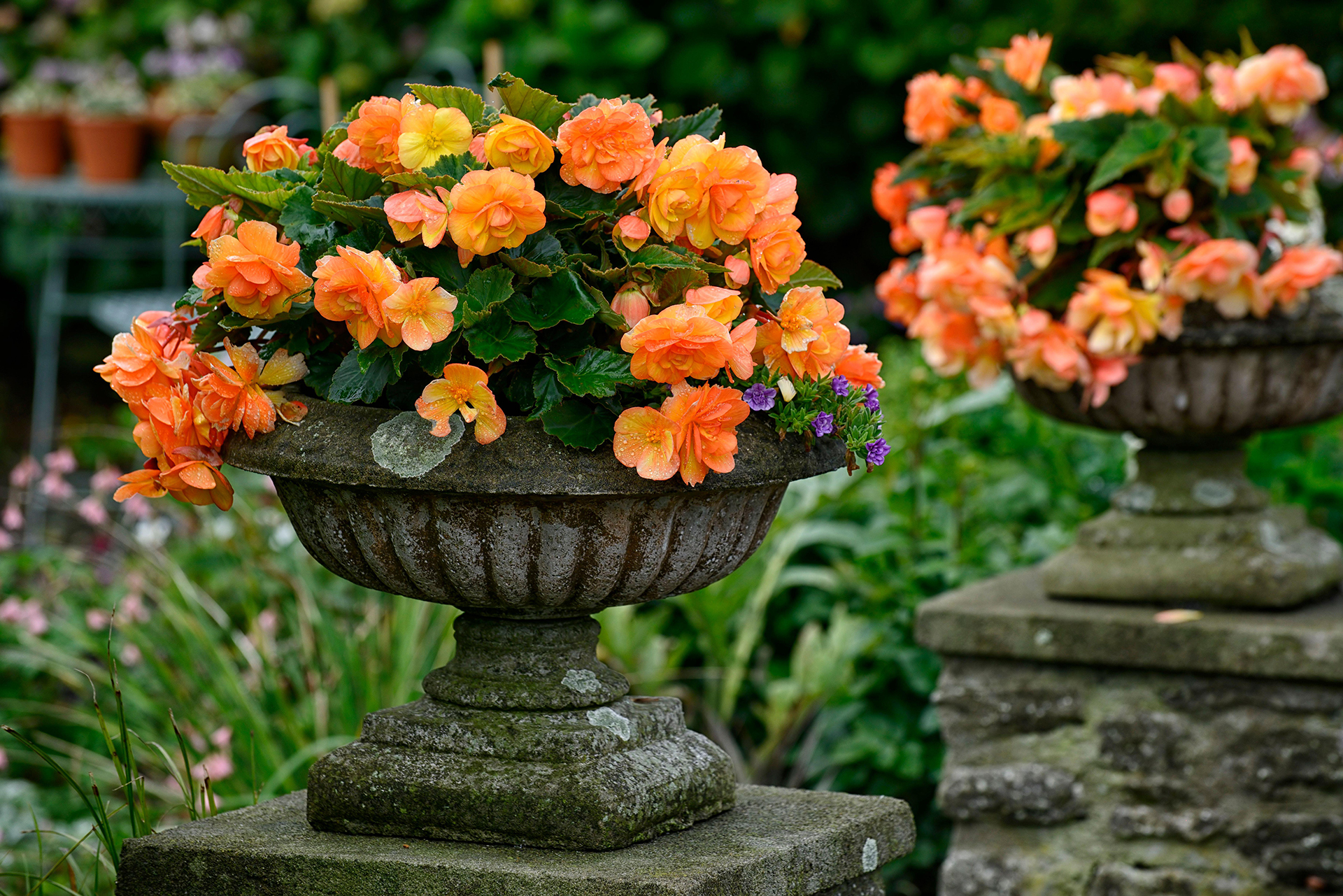
As you prepare the garden for the winter you might think your gardening tasks are over for the year. However, if you’ve enjoyed colorful begonia blooms all summer, learning how to overwinter begonias should be a priority in fall.
It’s easy to overwinter begonias to provide color next summer. All it takes is a little space, a bit of care and some good advice from garden experts, who share their tips on how to overwinter begonias below.
Make sure planning ahead for the next growing season is on your list of garden ideas.
So alongside planting your winter hanging baskets and thinking about how to plant bulbs and other winter garden ideas, take time to show those hardworking, repeat-flowering summer blooms some love and find out how to overwinter begonias, the way the experts do it.
How to overwinter begonias
There are three distinct types of begonia plant to consider when you’re thinking about overwintering begonias:
Tuberous begonias
Hardy tuberous begonias
Design expertise in your inbox – from inspiring decorating ideas and beautiful celebrity homes to practical gardening advice and shopping round-ups.
Begonia semperflorens, also known as wax begonia
Read our experts' tips on the approaches to take when overwintering the different types of begonias.
How to overwinter tuberous begonias
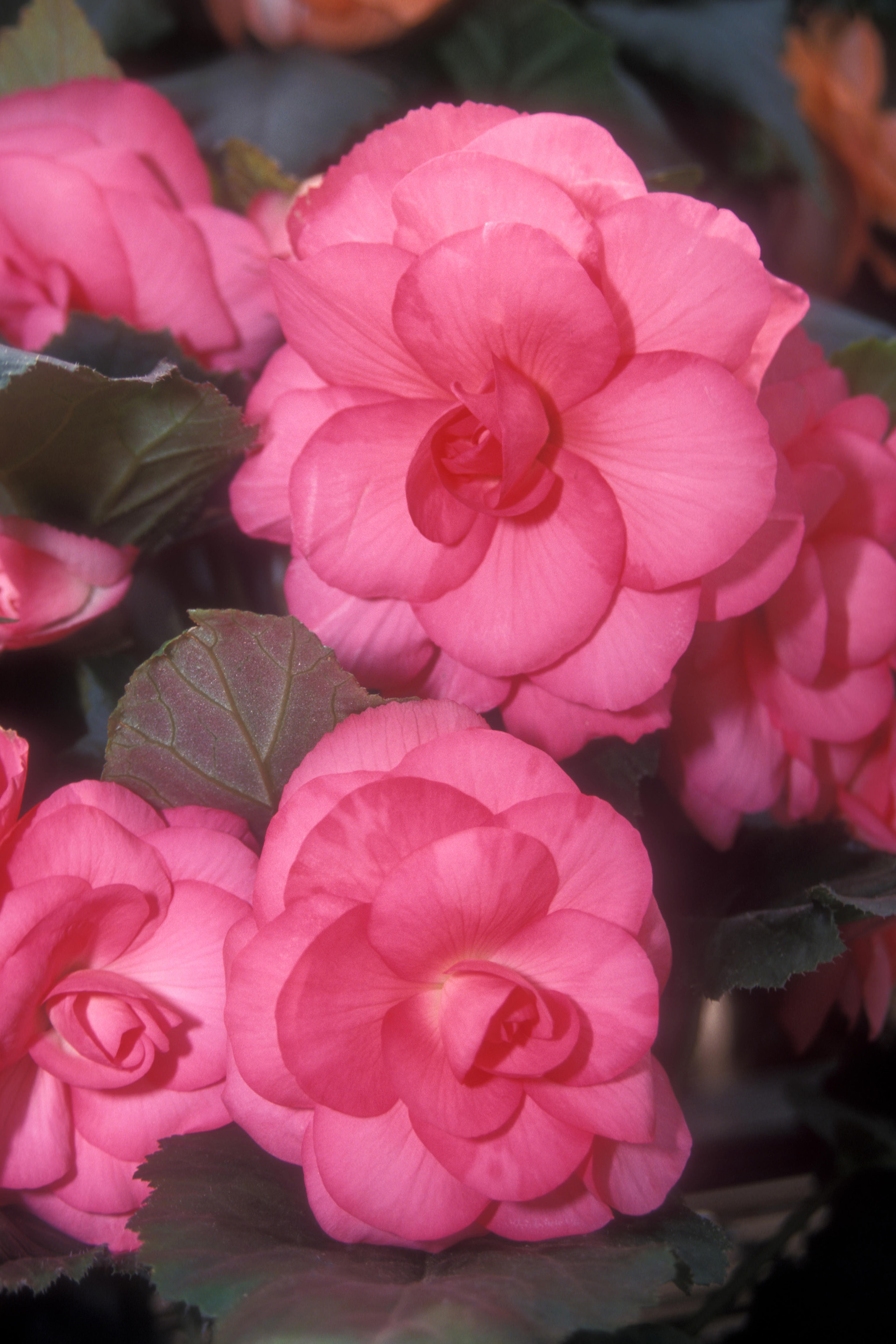
As part of your job list when planning a winter garden is overwintering tender plants. Learn how to overwinter tuberous begonias correctly and they will reward you with just as good a show of flowers next summer. Tuberous begonias are the larger-flowered more showy, often double-flowered varieties most often grown for container planting, but grown in flowerbeds too. This is the type of begonia that most people prize for their spectacular flowers, and it is well worth the minimal effort involved to overwinter tuberous begonias.
Award-winning begonia growers Blackmore & Langdons specialises in tuberous begonias. ‘We ship our large flowering double begonias to collectors all over the world. The flowers on some of our exhibition quality plants can reach up to 12 inches in diameter,’ says company director Nick Langdon.
When you’re growing varieties as special as this, knowing how to overwinter begonias is a must. The technique is simple, and similar in approach to overwintering dahlias.
Reduce water
‘The autumn months are critical to the success of saving begonia tubers for use the following year. Tubers can be lost through incorrect or hurried ripening,’ says Nick Langdon of Blackmore & Langdons ‘Following their season of flowering the plants will go naturally towards dormancy. Lessen the amount of water given at this time until the leaves start to turn yellow, which can be as late as November into December. The leaves will fall of their own accord indicating the plant is ready for a rest.’
Stop watering and cut the stems down
At this stage you should no longer be watering the plants. Cut the stems down to three or four inches above the tuber. The stems will gradually fall away but don’t be tempted to force them, they will drop when ready.
Remove the tubers from their pots
Take the tubers from their pots with some stems still attached and lay them in shallow trays. The remaining stems and soil will gradually come away but again, on no account force them as they will ripen and come away when ready. Some tubers will take longer than others but all will eventually die back.
Store for winter
There will be no sign of growth and the tubers will be plump and dry, ready for storing for the winter. Place in dry peat, a paper bag or just in open trays that allow for good airflow, tubers can sweat so be mindful that they need to be kept dry. A temperature of around 50°F (10°C) is best for storage.
Check the tubers every so often
It is advisable to check the tubers periodically for any signs of rot or pest damage, if any rot is found just remove with a sharp knife.
Tuberous begonias in flowerbeds
Tuberous begonias used as bedding plants in flowerbeds can be ripened in the same way as pot grown plants, above, advises Nick Langdon, ‘But they may be left in the garden until the first, hopefully mild, frosts touch the foliage. When this happens, lift the tubers with a good ball of soil, place in a cool, frost proof place and wait for the stems to drop away.’ Then continue as above to store for winter.
How to overwinter hardy begonias
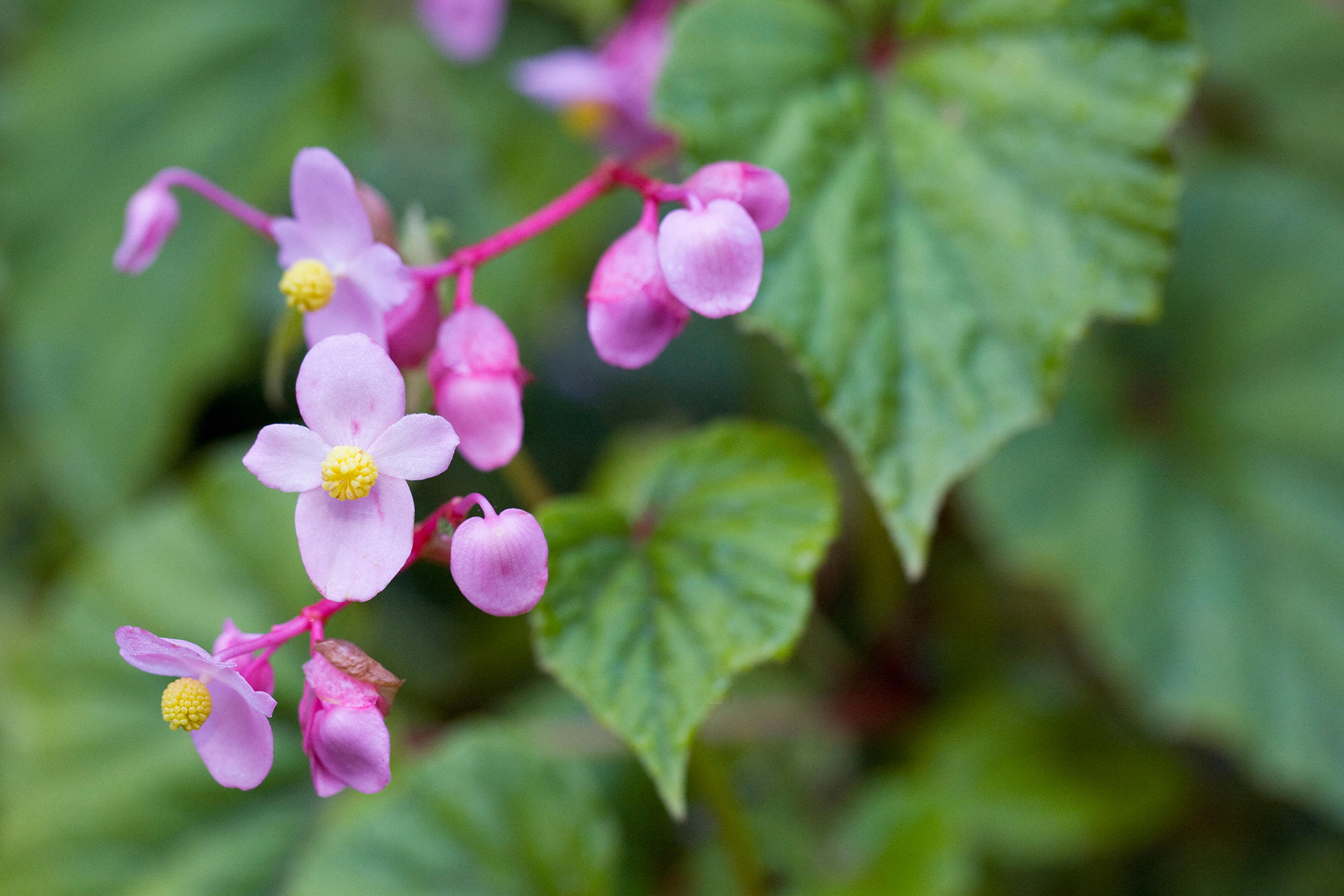
Hardy begonias can be grown in pots as well as in flower borders. As the name suggests, hardy begonias are more resilient to cold weather than tuberous begonias but they still require some protection. The process for overwintering hardy begonias is very simple.
In milder climates you can overwinter hardy begonias grown as bedding plants in situ outside in the ground, provided they are growing in a sheltered spot in well-drained soil. They will need to be covered with a thick mulch as they won’t survive outside without adequate protection from frosts. A variety well worth growing is Begonia grandis subsp. evansiana, above, which is hardy down to 0°C (32°F).
Pot grown hardy begonias should be brought into a cool greenhouse or frost-free shed and can then be overwintered in their pots.
Can I keep begonias in pots over winter?
Pot-grown hardy begonias will need to be brought inside for winter protection, but they can be kept in their original pots, as Emily Barbosa Fernandes, a small space gardener from California and a consultant at HouseGrail, explains: ‘Bring them in after the first frost, and set them in a cool area of your house and then slowly acclimatize them to the warmer indoor temperature. You want to keep the humidity level around 35-48% and water sparingly.’
Once the frosts are over in spring, container-grown hardy begonias can simply be placed back outside ready to flower again.

How to overwinter Begonia semperflorens
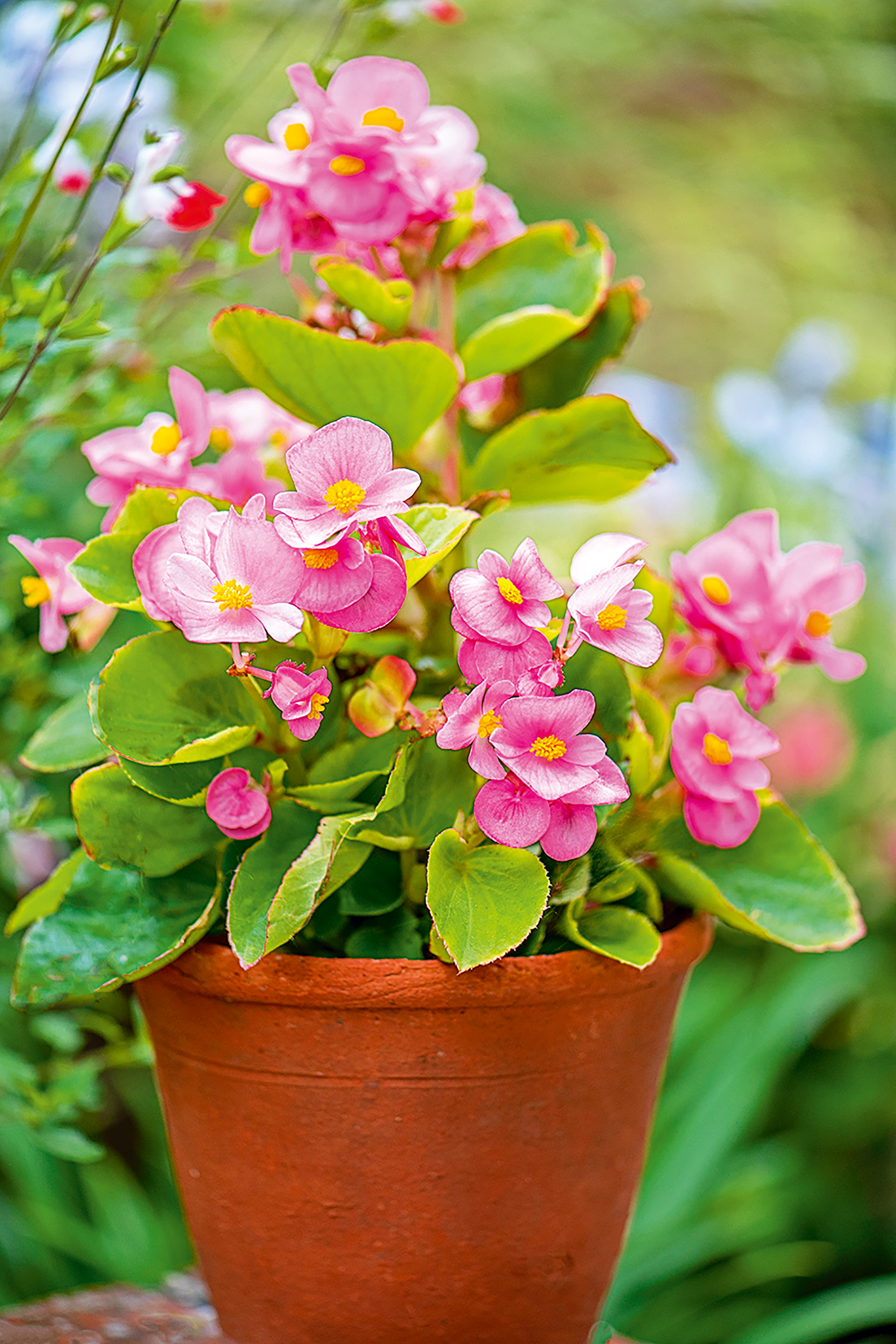
Begonia semperflorens, also known as wax begonias, make great summer bedding plants and are usually grown as annuals. Most people don't try to overwinter them, but discard them after the first frosts and replace them every year with new plants. Here's our gardening experts' advice on how to overwinter begonia semperflorens to enjoy them again next year.
Keep an eye on the weather and in fall, before the first frosts are forecast, dig up your begonia semperflorens plants and plant them up in containers to overwinter inside in a cool room, or keep them in a conservatory or glazed porch.
According to gardening expert Lindsey Hyland of Urban Organic Yield, The next step is to make sure that your plant has enough light and fresh air. Too much light will cause the leaves on the begonia plant to burn, but it still needs plenty of light or else it will not survive for many weeks under artificial lighting.
Emily Barbosa Fernandes of HouseGrail has had success overwintering begonia semperflorens, and says: ‘They like to be in a cool area and watered sparingly. Before planting them in the new container make sure to prune their leaves.’
She adds: ‘Begonia semperflorens don’t like being brought in and out of the cold without getting used to it so slowly acclimatize them to the warmer temperature before taking them back outside.’
Another option, rather than overwintering the original plants, is to take cuttings from your begonia semperflorens in late summer/early fall and grow these on over winter to create new plants.
Do you cut back begonias in the winter?
Cut back begonia stems to three or four inches above the tuber in fall as you prepare to overwinter them. Do this for tuberous begonias when you bring them into a frost-free space for winter. The stems of hardy begonias, will die back naturally if you’re leaving them outside for winter under a mulch. If you’re bringing hardy begonias inside to overwinter, cut the stems back to three or four inches above the tuber before bringing them into a frost-free space.
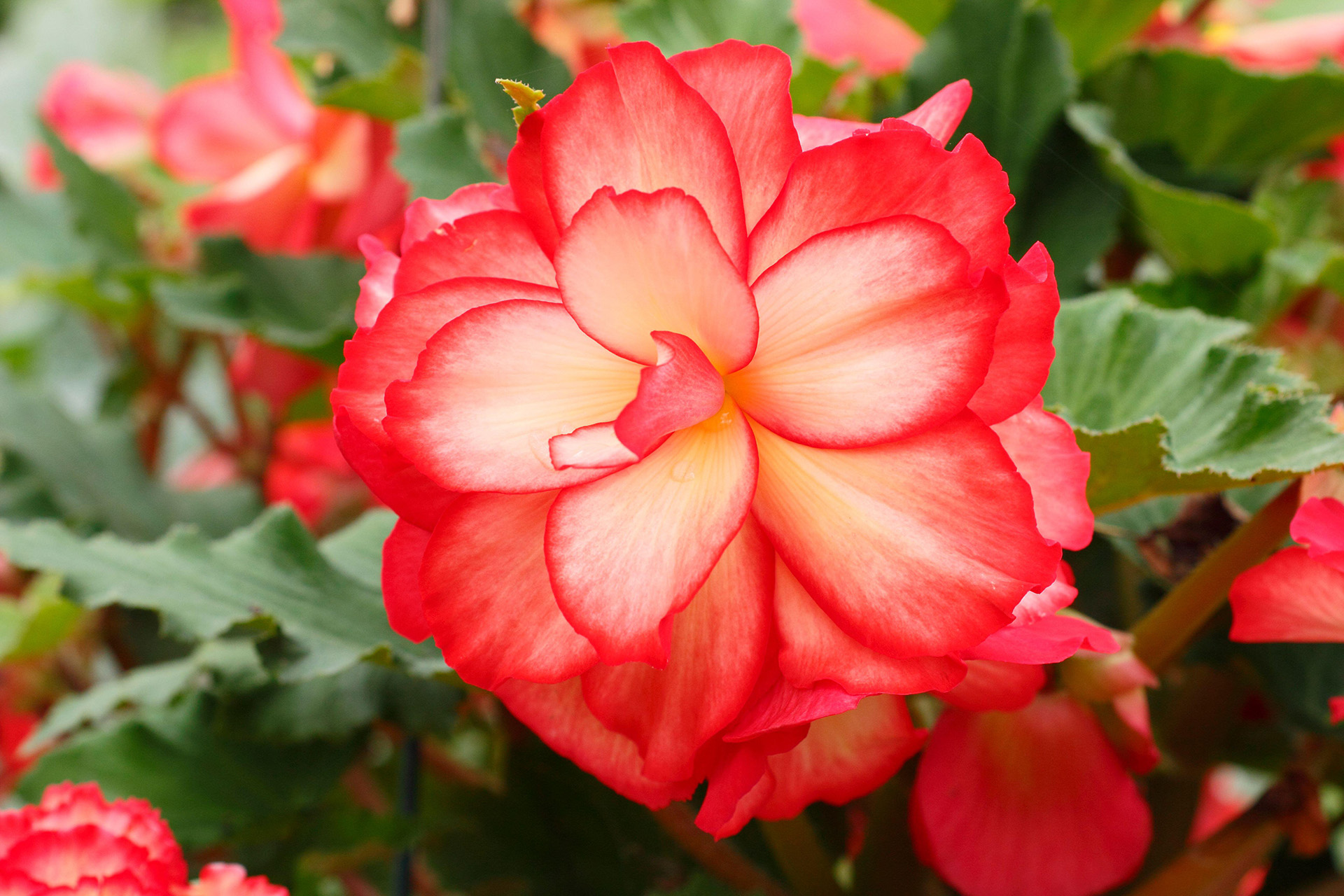
By learning how to overwinter begonias in the right way, you should be able to enjoy their gorgeous blooms all over again next summer.
Karen sources beautiful homes to feature on the Homes & Gardens website. She loves visiting historic houses in particular and working with photographers to capture all shapes and sizes of properties. Karen began her career as a sub-editor at Hi-Fi News and Record Review magazine. Her move to women’s magazines came soon after, in the shape of Living magazine, which covered cookery, fashion, beauty, homes and gardening. From Living Karen moved to Ideal Home magazine, where as deputy chief sub, then chief sub, she started to really take an interest in properties, architecture, interior design and gardening.
